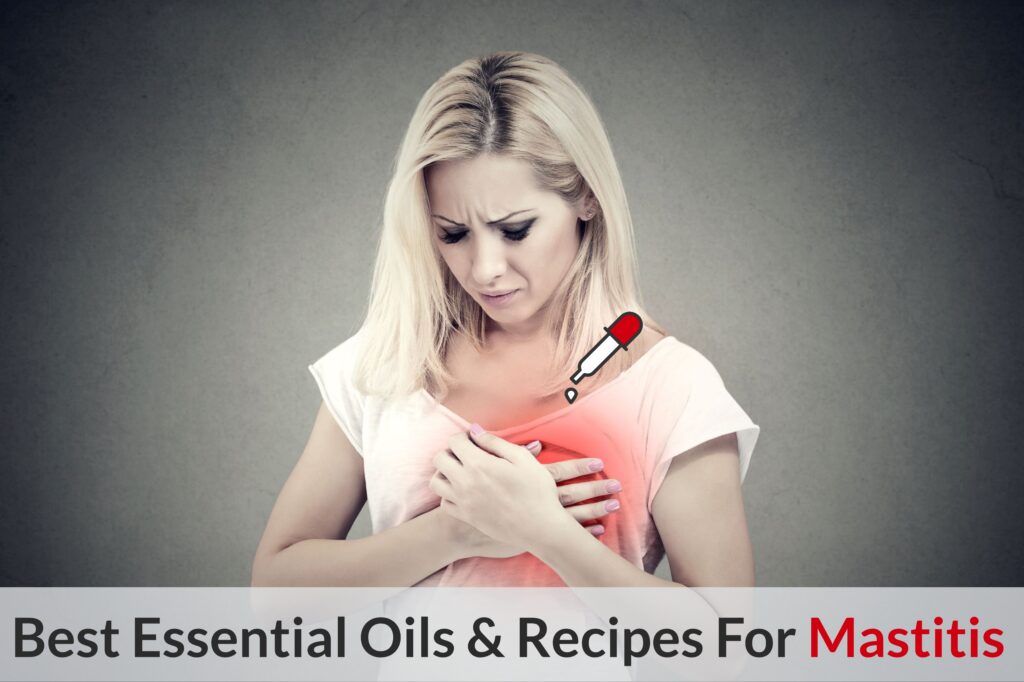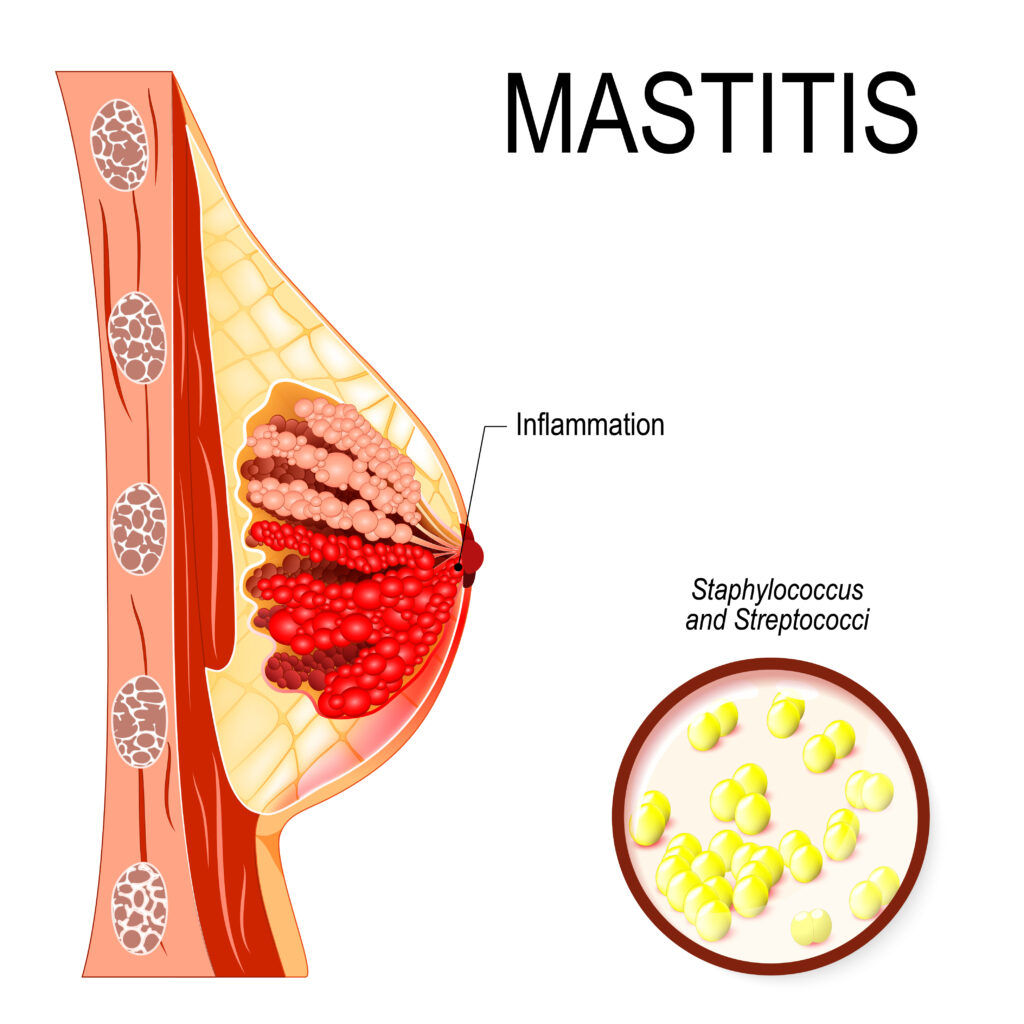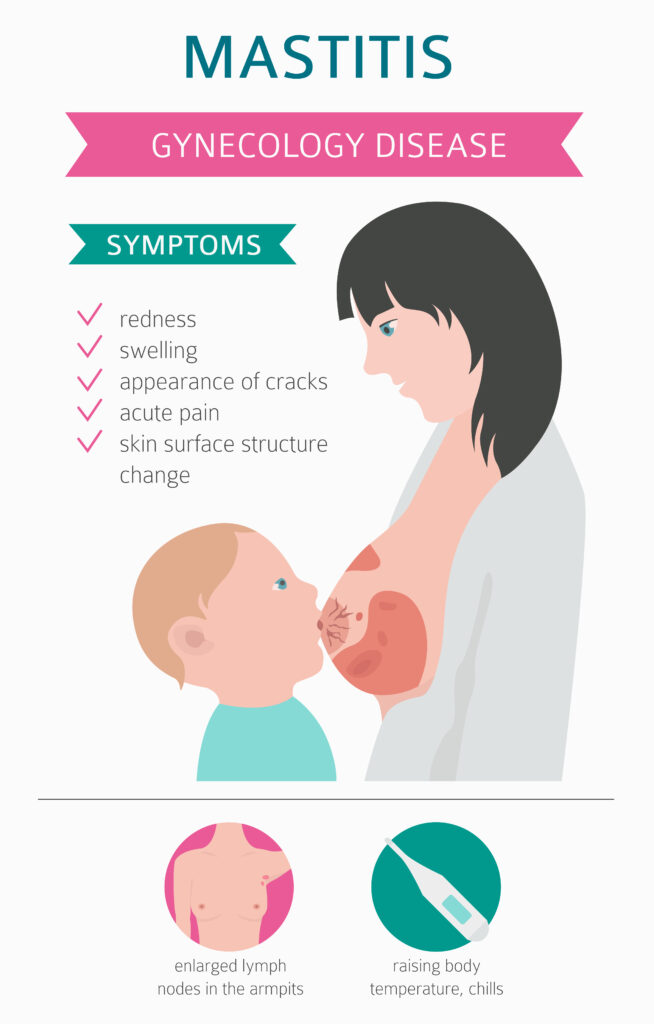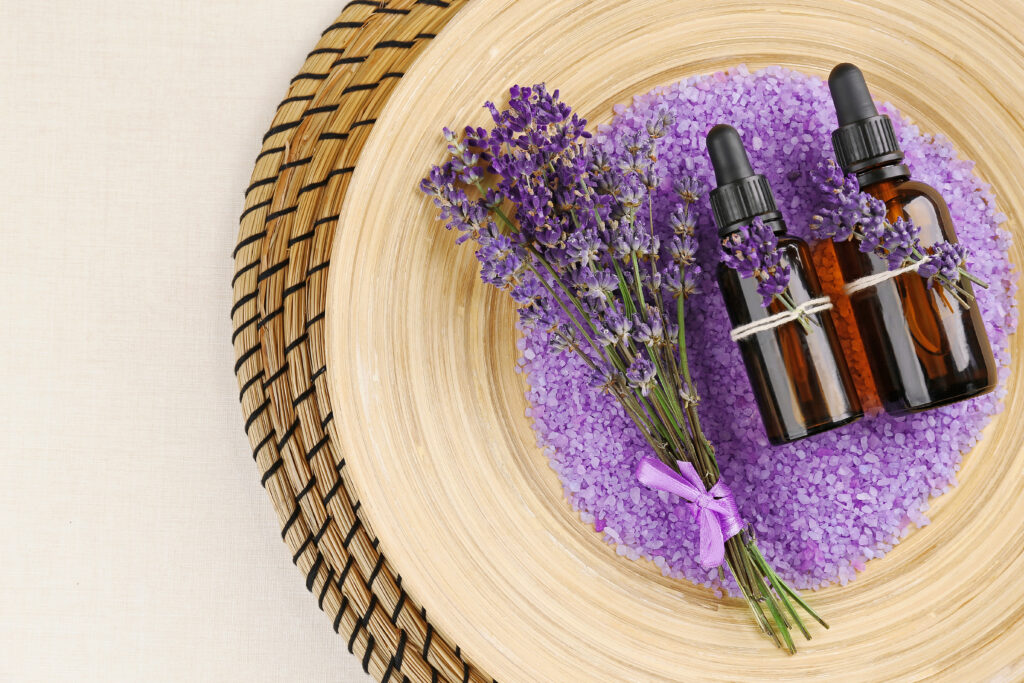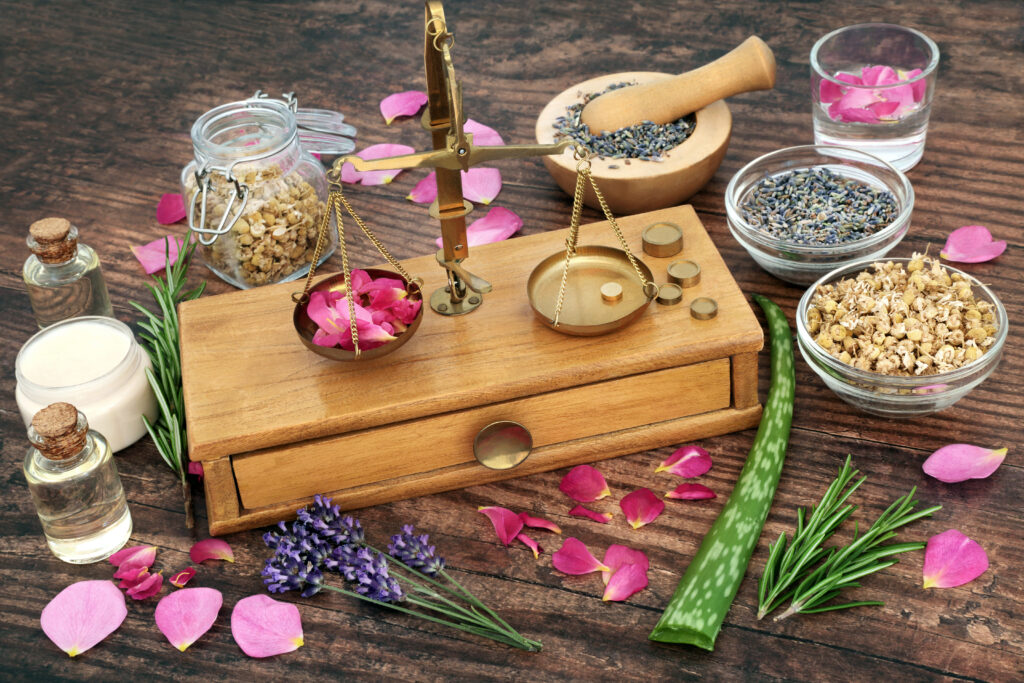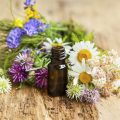Boobs, knockers, melons; call them what you will, but breasts are hands down the absolute indicator of femininity.
They have already been featured in notable ancient and modern sculptures, art, and photography.
Heck, some of today’s breasts are even more famous than most celebrities I know. But they are not just there to be eye candy – they actually serve a wide range of crucial life-giving functions.
For one, they provide sustenance as the little ones first meal in this big cruel world. And as if being suckled violently for a year or three isn’t enough, your precious breasts are always on the front lines taking the full brunt of your daily jogs and jumps.
But while your mammaries may be hardy and don’t often get infected, things can go real wrong real quick – like Murphy’s law for boobs.
If there’s anything that can go awry in a woman’s anatomy, it’s got to be one of the most common problems that most women will face in their lifetime – MASTITIS.
Today, we’ll be exploring what exactly mastitis is and (apart from the distention of course) how it presents itself in the human body. We’ll also look at all the different causes and risk factors for mastitis as well as what good old western medicine has in store for you.
But not to worry, I’ll share with you some of the best essential oils and time-tested recipes for your precious gals as you start your journey to healing.
So, are you ready for Olivia’s in-depth and comprehensive guide to all you need to know about mastitis?
What Is Mastitis?
There is no lady who does not dream about getting married (having a grand wedding like the royal family does) and having children. The ability to bring forth a child is one thing that ladies take pride in.
With childbearing comes breastfeeding. This is usually a great experience for new mothers. It is a time they cuddle, bond, and build their connection with their new-borns. But unfortunately, breastfeeding is not a bed of roses for all women. For some, it is a difficult and even painful process.
It is excruciating for a baby to latch onto cracked and sore nipples. Women experiencing such pains often opt to skip feeding since they know that though it will be a gratifying process, it will be painful. And they would rather postpone it for as long as they possibly can. However, doing so could lead to mastitis.
Now, mastitis is simply an inflammation of breast tissue which is most often than not, caused by infections. Mastitis results in swelling, redness, pain, and increased temperatures around the affected area.
This condition is common in breastfeeding women. But it also develops in non-breastfeeding women (though this is rather rare). Some men have also been reported to develop mastitis.
Mastitis develops during the first three months of getting a new-born. Often women with this condition feel run down and tired making it extremely difficult to care for their little one; it is a case of, ‘the spirit is willing but the body is weak’. So when mastitis develops, most mothers will wean their babies despite it being a little too early to do so.
What Causes Mastitis?
1. Breastfeeding Women
As I’ve pointed out above, mastitis is an inflammation of breast tissue. This inflammation is often caused by the build-up of milk in the breast tissue (milk stasis) or infections as caused by nipple damage.
Let’s complicate things more and break down these causes further.
Milk Stasis
This is the number one cause of mastitis (heck, the name even rhymes, well sort of). Milk stasis develops when milk is not properly ejected from the breasts while a mother is breastfeeding.
Below are some causes of milk stasis:-
- The baby is not attaching properly to the breast while he/she is feeding. This results in insufficient milk being sucked. New mothers should take it upon themselves to learn about the best breastfeeding positions as well as attachments.
Sure, there are lots of breastfeeding positions, but you need to find one that is perfect for you and the baby. The position you choose should have your arms and shoulders relaxed. If you find it necessary, you can throw in some cushions and pillows.
Luckily for you, this is a generation that is characterized by easily accessible information courtesy of the internet. If you do not have someone to walk you through the attachment or breastfeeding positions, YouTube videos will work just fine.
- The baby might have some problems sucking. One reason this might happen is when the baby has a tongue tie. A tongue tie is a piece of skin found between the floor of the mouth and the underside of your baby’s tongue.
- Missed or infrequent feeds. Breastfeeding should be regular. As such, you should set an alarm at night to remind you to feed the baby. Now, you probably are wondering why an alarm is important while kids wake up by themselves at night to be fed.
While this is true for most babies, some babies are calm and can sleep through the night at a young age (if your kid is like this, you need to thank God. many parents, mothers especially have very little sleep courtesy of their baby’s sleeping periods.
Being able to sleep through the night does not mean that the feeding schedule should be interrupted. On the contrary, you should be keen to enforce it. It will be a challenge since you are tired and the baby is ‘fine’. But if you want to keep mastitis at bay, you should be proactive on this front.
- Having a favourite breastfeeding breast. Oddly enough, most mothers play favorites with their breasts. At times this is usually because one nipple is sore. However, preferring one breast to the other puts you at the risk of developing mastitis on the neglected breast and making things even worse for you.
- A blow or a knock to the breasts. Breasts are gorgeous body parts. For men, they are pleasing to look at. Heck, they are the reason most relationships and marriages are. Their beauty often masks their real and intended purpose – feeding babies. When they are filled with milk, they are overly sensitive and fragile. The milk glands and ducts are easily damaged by a blow.
- Exerting pressure on the breasts. Pressure is often applied to breasts by wearing tight clothing including bras, sleeping on your belly and fastening the seatbelt across the breasts.
Clearly, milk stasis causes the blockage of milk ducts in breasts. This, in turn, results in milk build-up within affected breasts.
Health experts are not quite sure hot breast milk causes the inflammation of breast tissue but they have several theories. The first is that the pressure that builds inside the breasts forces milk into the surrounding breast tissues. The immune system in its line of duty mistake the milk proteins for viral or bacterial infections and respond by flooding white blood cells in the affects area which results in the inflammation of breast tissue.
2. Infection
This is yet another cause of mastitis.
It is important to note that a mother’s milk (fresh) does not provide good breeding sites for bacteria. But even so, milk stasis (which causes milk stagnation) can lead to milk infection. This is referred to as infective mastitis.
How bacteria make its debut in the breast tissue is not clear. However, health experts believe that the bacteria residing on the skin of the breasts can enter it through a small break or crack on the skin. Also, bacteria in a baby’s mouth, as well as throat, can be transferred to the breast during feeding time.
If your nipple is damaged, you stand a greater risk of developing mastitis (infective mastitis). Nipple damage can be caused by improper use of manual breast pumps or by the baby’s cleft palate or lip.
3. Non-Breastfeeding Women
For the ladies who are not breastfeeding, mastitis is often caused by bacterial infection. These bacteria gain entry into the breasts through sore or cracked nipples or nipple piercings. This type of mastitis is referred to as periductal mastitis. It often affects ladies in their late 20s and in their early 30s.
In non-breastfeeding women, mastitis can also occur due to duct ectasia. This is basically when milk ducts get wider and shorter as a person ages. This happens to women who are inching closer to their menopause. Duct ectasia should not be a cause of alarm. However, in some cases, a sticky and thick secretion collects in the shortened and widened ducts. The secretion can cause irritation and inflammation of the duct lining.
Symptoms of Mastitis
Though it occurs during the first three months of breastfeeding, mastitis symptoms can also manifest for longer. Below are some of the signs to keep an eye out for.
- Swollen and tender breasts (note that there is a difference between having big breasts and swollen breasts)
- Presence of lumps in your breasts
- The breasts will feel warm
- Burning irritation or pain in the breasts during breastfeeding
- Red skin
- Flu symptoms including fatigue and chills
- Fever of about 101 degrees Fahrenheit
Generally, mastitis caused by a blocked milk duct is localized while general mastitis covers a wide area. All mastitis types have pain, swelling, and redness.
Individuals at risk of developing mastitis
Studies conducted reveal that 1/3 of women develop mastitis. Women experiencing mastitis develop symptoms during the first three months of breastfeeding. This is according to WHO. Some moms tend to be more vulnerable than others depending on several factors. Below is a breakdown of these factors.
History – studies reveal that 54% of women who have experienced mastitis in the past have a higher chance of experiencing it again. Health experts believe this to be as a result of improper positioning and breastfeeding patterns
Work – if you have a permanent job away from home, you are at a higher risk of developing mastitis as well. This is because there are longer periods between the pumping sessions. And when you pump, it is usually rushed – so much so that the breast is not completely emptied of the milk. This can result in milk stasis.
Age – women who are aged between 21 and 35 years are prone to developing mastitis. Women between 30 and 34 years are at the highest risk.
Trauma – injuries sustained by breast tissue negatively affect the performance of milk ducts and glands. Trauma also increases the chances of a woman developing mastitis.
Tips On How To Prevent Mastitis
If you have had it before, you wouldn’t want to experience the pain again. Moms who have experienced mastitis say that the best treatment is prevention. Below are some tips to help you prevent mastitis.
Rest – truth be told. For mothers, rest is a luxury. It does not come easy. Between cleaning the baby, feeding the baby, playing with the baby, washing the house wooing the baby to sleep and other many baby related chores, there is little time left to rest.
However, when you contract flu or cold, it is important that you squeeze in some time to rest. Why? Well, the body recovers faster from ailments when it is well rested. Reduce anxiety and stress when you can. Take naps – as many naps as your new-born and equally worn out partner can allow. Try listening to calming music and even meditating as your baby is breastfeeding.
Drink – keep it strictly water. Stay hydrated. This will help in improving your blood circulation and will keep the milk flowing
Nurse – your nipples may be dry, cracked and sore. But regardless of the pain, you feel when the baby is suckling, you should breastfeed. It is a must. Failure to breastfeed will lead to milk build up, blockage and even an infection.
Eat healthy – you should give your immune system a boost by eating fresh foods packed in vitamin A, vitamin C, probiotics, vitamin E and vitamin B6. Some of these foods include broccoli, kale, carrots, citrus fruits, Greek yogurt, almonds and avocado, turkey, chicken and sunflower seeds.
Wash up – it is important to keep your hands clean always. Clean your hands with soap and water before and after breastfeeding. This will help you to get rid of bacteria that you might have collected around the house.
Treatment Of Mastitis
If you are not breastfeeding, taking antibiotics will solve your problem. These should have you feeling better in about a day. With antibiotic, you should always follow the prescription.
When you are breastfeeding, things get slightly tricky. Anything that you feed on eventually gets to your baby through breast milk. It is for this reason that new mothers are encouraged to eat healthy to boost their immunity and that of their baby.
So in this case, self-prescribed antibiotics are not an option. Doctors always recommend working through it and only prescribe ibuprofen (a painkiller) for the pain and fever.
It is imperative that you keep breastfeeding – keep the milk flowing out for the ducts. Though it is painful, it does not harm your body. Fight through the pain.
What Are The Best Essential Oils For Mastitis
Yes, essential oils can help with mastitis. There are many essential oils available. Surely some may be of use when experiencing mastitis. Below are some of the top essential oils that are beneficial in boosting the immune system and helping with infection and the pain.
1. Lavender
Lavender essential oil is calming, soothing and relaxing in nature. In addition to this, it has a sweet smell and comes packing in antibacterial properties. This property helps it to get rid of infections fast.
2. Oregano
This essential oil has antibacterial properties. Oregano is loved for its potent nature. It has similar effects to popular antibiotics prescribed by doctors. It will help get rid of the infection fast and get you back to breastfeeding your baby free of pain and discomfort.
3. Frankincense
This essential oil is grounding and highly spiritual. Frankincense can relieve tension and help in destressing mothers who are experiencing mental strain; anxiety and general stress from the pressures of caring for a baby. Yes, babies are a blessing but on the flip side, they are a challenge to raise.
4. Basil
This is a cooling essential oil. It helps to draw out infection and the heat. You can massage it on the affected area for fast infection relief. About 3 drops diluted in a carrier oil are enough for every massage session (depending on the size of the affected area).
Best 6 Essential Oil Blends For Mastitis
1. Pain Relief Blend
What you will need:
- Lemon Eucalyptus – 5 drops
- Bay Laurel – 3 drops
- Frankincense – 7 drops
- Hemp oil – 30 ml
No one loves pain. The body is wired to avoid pain. If breastfeeding is painful, a mother will avoid it by all means possible. It is the reason most babies are weaned before they hit 6 months.
However, weaning a baby before this time can be catastrophic. This is because the baby’s digestive system has not developed enough to digest food for itself. It can only obtain nutrients from the mother’s milk. To ease the pain when breastfeeding, this is the perfect essential oil blend.
Note that this blend is slightly concentrated. The good thing is that you can adjust the ingredient amounts as you please. Experiment by adding more or less to see the effects of the blend.
2. Sore and Swollen Blend
What you will need:
- Frankincense – 5 drops
- Palmarosa – 4 drops
- Lavender – 6 drops
- Tamanu Oil – 30ml
Most women, if not all, have experienced breast pain at least once in their life. Breast swelling and soreness are caused by a variety of things (in this case, it is mastitis). It starts out as discomfort in one breast (mastitis never affects both breasts at the same time) and is soon after followed by a sharp pain and swelling.
When this happens, do not panic, whip up the above blend and wait for the healing results to manifest. Mix the ingredients in a roll-on bottle. This bottle makes it easier to use. Before application give the blend a good mix.
3. Mastitis Chills and Fever Blend
What you will need:
- Basil – 1 drop
- Frankincense – 1 drop
- Cinnamon – 1 drop
- Rosemary – 1 drop
- Sweet Almond Oil – 10ml
As I’ve pointed out before, treating symptoms of whichever disease or condition when breastfeeding is tricky. You do not want your baby to be affected with the medication. For this reason, treating a fever is slightly technical. But this blend is the perfect solution.
You should apply this blend to the affected boob each hour until the chill fever and warmth subsides.
4. Gel for Sore Nips
What you will need:
- Aloe vera gel – ¾ ounces
- Vegetable glycerine – ¼ ounces
- Peppermint – 6 drops
- Oregano – 2 drops
Sore nipples are common when breastfeeding. But when left unattended to, they crack and expose the mother to infections which lead to mastitis. This blend will rid the nipples of the pain and accelerate their healing.
Peppermint has numbing effects and helps to increase the flexibility of tissues and thus makes the nipples resistant to the development of cracks.
Mix the aloe and glycerine together and add the peppermint and oregano essential oils. Replace the cap and shake vigorously. Only apply the blend after a nursing session and rinse it off before your next session. Do this for a month or until your nipples stop being sore.
5. Cracked Nipples Formula
What you need:
- Myrrh – 1 drop
- Geranium – 1 drop
- Helichrysum – 1 drop
- Lavender – 1 drop
- Coconut oil
The beauty of this blend is that all the ingredients are safe to ingest. As such, you do not have to worry about your baby ingesting the same. This blend will moisturize the skin on your nipples and repair them.
6. Dry up Breast Milk Blend
What you need:
- Peppermint – 2 drops
- Coconut oil – 5ml
At times the mother’s body produces a lot more milk than the baby can suck. This results in a slow but steady build up. If this is the case for you, you need to reduce the production of milk by your breasts. The above blend will work wonders for you. On the plus side, you will not have to worry about embarrassing breast milk stains.
Take a few drops of peppermint and mix with coconut oil. Massage the blend on your boobs. Do this regularly until you notice a reduction in milk production.
Conclusion
It is imperative to understand one thing – mastitis is a common and treatable issue. It is often accompanied by pain. But even then, a mom should never stop breastfeeding. If anything breastfeeding helps to reduce the infection.
Remember that breastfeeding is important for the health of your baby. So regulate the feeding, keep your nipples and breasts moisturized and healthy. Overall, take great care of your body for the well-being of your child and you won’t have much trouble.

